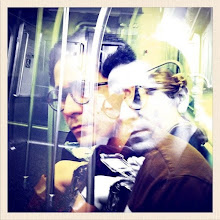Sometime after, he traveled to the continent. His life there, we have not the means of following accurately. But he appears to have resumed his former profession of a gambler, without his former success. He never saw Lady Lyndon again.
We are receiving information about Barry’s future in the past tense. These actions are already all completed. In this moment of stillness, Lyndon is everything he had ever been and would be. There is no historical depth yet we are staring for five seconds at a character destroyed by history. In the same manner that he has half his body in and the other half out of the carriage, he is both within consequence and without. We stare at him in this moment with a complete psychological grasp that is parallel to the singular momentous gaze by which we absorb a painting. I will return at some point to the narrator’s role in this, but will depart here to the resonance that this deep, psychological flatness has with the look of the film, determined by an instrument, the Zeiss lens, which reduces visual depth throughout the entire film. The psychological flatness of the film’s frozen moment is not only premised by a consistent visual field of total absorption, but that absorption additionally subsumes the psychological flatness into itself, creating a number of scenes that are striking, if only because they seem to embody a certain, still, silent human expression.





No comments:
Post a Comment